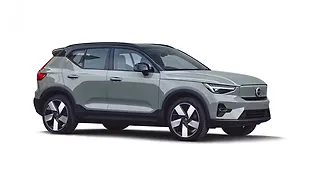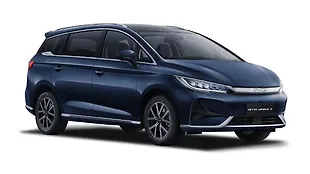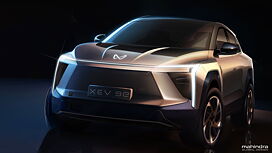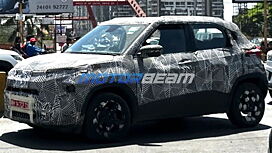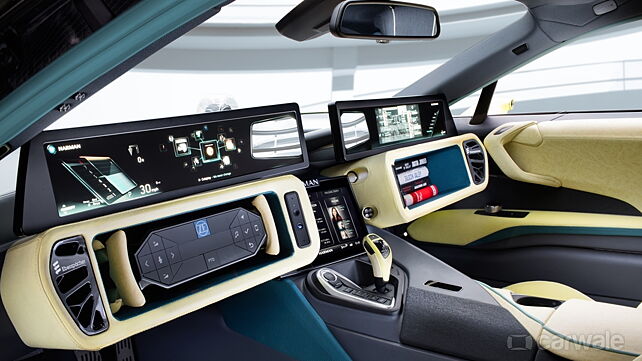
Have you heard of car hacking? With an increase in the amount of electronics that go into a car, there also seems to be a growing fear that it can be hacked. Let’s take a situation where one is driving down the road listening to their infotainment system and someone remotely hacks into the car. Imagine if the brakes were slammed in the middle of a highway, the headlamps were disabled at night or anything else your mind throws up.
As scary as it may sound, there have been no recorded instances of malicious car hacking, other than the ones involving research and experimentation in controlled environments. In most situations it requires a physical cable to be plugged into the car. “A few years ago the concept of automotive cyber security was largely confined to industry experts,” says Harman’s Asaf Atzmon, Director, Business Development and Marketing, Automotive Cyber Security. “Now it’s a topic that consumers are asking about. According to a recent survey, in some countries as many as 59 per cent of buyers are actively concerned about the prospect of car hacking.”
With the onslaught of wireless infotainment systems, electronics specialists like Harman have gone the extra mile to pioneer this new field of cyber security, considering that it is a serious form of threat. Harman has devised a specially-developed security framework that has a series of layers to protect it from being compromised. At the deepest level, a secure hardware platform stores cryptographic keys and executes highly-sensitive operations in a secured manner. Safety critical functions are isolated from the infotainment system using what’s known as a hypervisor.

Access to the memory and storage is monitored. So, if your CD player suddenly requires to control the brakes, it’s a good indication that something is wrong. The sandbox function keeps newly downloaded applications separate from the core system so that they can be disabled if found to be harmful. An ECU-shield turns the vehicle’s ECU into an Intrusion Detection and Prevention (IDS/IPS) system, and houses a smart firewall to protect it. It distinguishes even those threats that attempt to disguise themselves as a legitimate function, like a software update!
“Ultimately, it’s all about eliminating the risk of intrusion,” concludes Atzmon. “The car industry will need to reassure consumers that their connected cars are safe. By 2020 it’s expected there will be nearly a quarter of a billion of them on the world’s roads. This number will continue to grow but only if the car industry can provide the protection that those consumers have to come to expect from their other electronic devices.”

![Ashok Leyland Stile [2013-2015] Image Ashok Leyland Stile [2013-2015] Image](https://imgd.aeplcdn.com/272x153/cw/cars/ashok/stile.jpg?q=80)





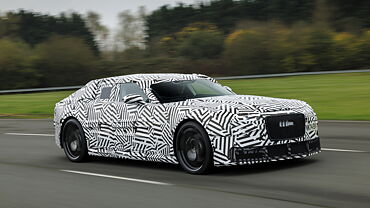


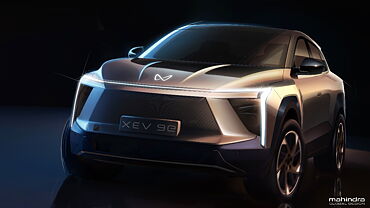



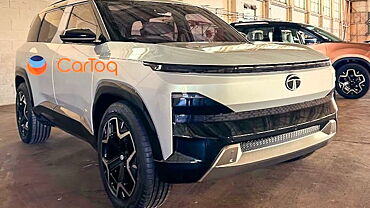


![Ashok Leyland Stile [2013-2015] Right Front Three Quarter Ashok Leyland Stile [2013-2015] Right Front Three Quarter](https://imgd.aeplcdn.com/199x112/ec/93/FB/11340/img/m/Ashok-Leyland-Stile-Right-Front-Three-Quarter-50877_ol.jpg?v=201711021421&q=80)
![Ashok Leyland Stile [2013-2015] Right Front Three Quarter Ashok Leyland Stile [2013-2015] Right Front Three Quarter](https://imgd.aeplcdn.com/199x112/ec/93/FB/11340/img/l/Ashok-Leyland-Stile-Right-Front-Three-Quater-21519.jpg?v=201711021421&q=80)
![Ashok Leyland Stile [2013-2015] Rear View Ashok Leyland Stile [2013-2015] Rear View](https://imgd.aeplcdn.com/199x112/ec/93/FB/11340/img/orig/Ashok-Leyland-Stile-Rear-view-20646.jpg?v=201711021421&q=80)
![Ashok Leyland Stile [2013-2015] Dashboard Ashok Leyland Stile [2013-2015] Dashboard](https://imgd.aeplcdn.com/199x112/ec/93/FB/11340/img/l/Ashok-Leyland-Stile-Dashboard-Storage-21534.jpg?v=201711021421&q=80)
![Ashok Leyland Stile [2013-2015] Dashboard Ashok Leyland Stile [2013-2015] Dashboard](https://imgd.aeplcdn.com/468x263/ec/93/FB/11340/img/l/Ashok-Leyland-Stile-Dashboard-21535.jpg?v=201711021421&q=80)















